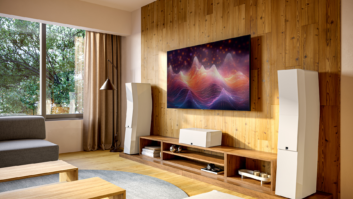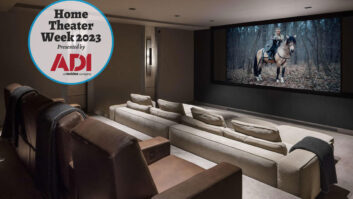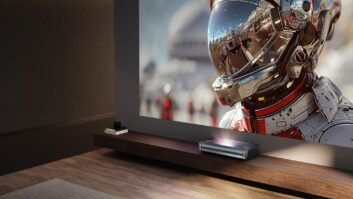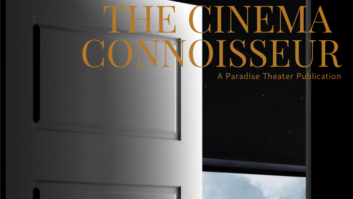“We are in an industry where the magic of film meets the science of engineering,” says Ryan Brown, describing the process of creating what he calls the “experience nonpareil,” the luxury private cinema. Brown, CEO of Paradise Theater, shares insights on the journey of private cinema from its relatively humble beginnings, to its “mid-life identity crisis as home theater, to a flourishing niche industry, a peerless entertainment amenity, and growing trend.” His insights span the evolution from home theater to luxury private cinema, revealing the interplay of design, technology, and market dynamics that orchestrate the ultra-high-end luxury private cinema experience.
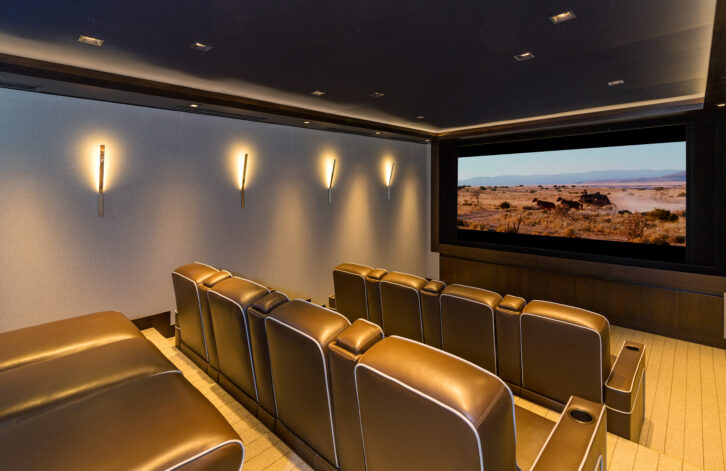
“Private cinema is undergoing a transformative phase, resulting in greater recognition of the value of exceptional audio, visual, and cinema experiences,” says Brown. He emphasizes an “industry-wide awakening, driven by a blend of hearty investments in research and development and enthusiasm for adherence to structured guidelines like CEDIA/CTA RP22,” which defines objective performance benchmarks for immersive audio design. Nonetheless Brown laments, “Luxury private cinema is often lost in a swarm of lesser versions, its unique value and identity somehow obscured.”
Applauding the recent RP22 and other benchmark standards being developed by CEDIA, Brown points out, “A lack of standardization in performance specifications posed a hurdle for both consumers and integrators, often leading to misdirection and unfulfilled expectations.” Looking ahead, he envisions an industry-wide acknowledgment and adherence to standards like RP22 and others currently under development, fostering a consistent benchmark for performance. “We have built a team of specialists in order to deliver high performance based on such objective criteria from our beginnings,” he says. “Process-driven engineering and design is a core principal of the work we perform at Paradise Theater.”
Also by Sam Cavitt: Rethinking Home Cinema Case Studies
“Objective performance criteria is the basis of our ‘Excellence Always’ cinema design and engineering process,” says Keshav Nelavai, Paradise Theater lead acoustical engineer. “As a company, we have our own set of performance criteria.” Nelavai cites examples of his team’s past and current work, engineering what would constitute Level 4 private cinemas (RP22’s top level of performance).
“Having these guidelines sets a standard across the entire industry,” adds Nelavai. “With the advent of RP22, the home theater industry is moving toward an objective performance-based approach to engineering and not a product-based approach. This has companies creating technologies and solutions to meet very specific performance criteria laid out by RP22.”
As an example, Nelavai says, “Active acoustic technology has been designed to tackle low-end frequency response and decay time — one of the hardest things to get right in a private cinema room. The Level 4 criteria has very strict objectives when it comes to bass response. Both Trinnov and Dirac with their respective low-frequency optimization algorithms are geared toward achieving these high-performance metrics.”
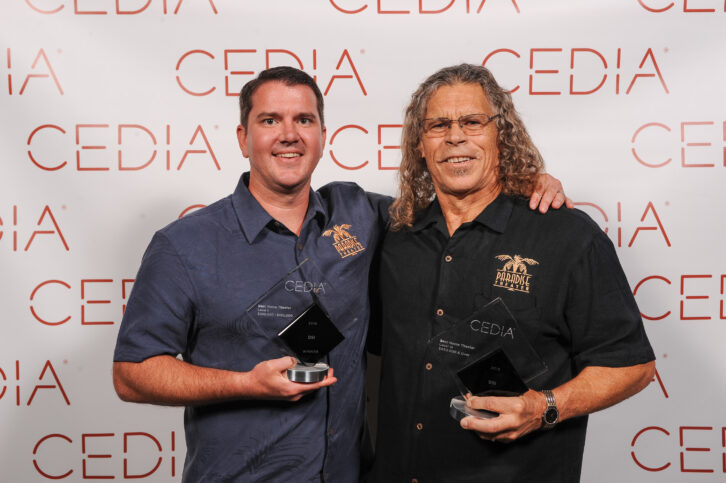
But technical advancement is a two-edged sword, as Brown explains, “The industry is witnessing a surge in technological advancements like micro LED screens and active acoustic technologies.” However, Ryan cautions against viewing these advancements as a panacea, advocating instead for a continued emphasis on process-oriented design and engineering.
For Brown, recognition of standards and the firms adhering to them at the highest level portends well for a long-time goal of his. “I would like to see specialized private cinema design and engineering firms universally recognized as essential teammates in the execution of private cinema projects,” he says. “Recognized by the integrator and the AEC community, as well as the client.
“It is impossible to overemphasize the value of collaboration between integrators, architects, interior designers, the construction team, and ourselves as cinema designers. The finest projects result from collaborative partnerships between these specialists, converging to apply each firm’s expertise to mastermind an uncompromised private cinema experience.”
Brown contrasts the collaborative scenario above with the competitive model that has gone before, where home theater is viewed primarily from a profit perspective. “As a lucrative business category for integration firms, it can become very competitive,” he says. “There is high-level, peer-to-peer competition, which is a good thing, and there is ruinous competition. Most aspiring clientele have never experienced a true luxury private cinema and this fact combined with a general lack of awareness in the marketplace means they have no point of reference. Homeowners are at the mercy of the integrators they encounter. By the time clients discover that they have been misled or underserved and that they will not get the quality or experience they were hoping for, it is usually too late to correct.
Also by Sam Cavitt: Building the Best Team
“The awareness gap among consumers and even within the industry regarding the authentic high-performance private cinema experience is something we would do well to address,” he continues. “Like their clientele, some integrators have never experienced a truly state-of-the-art private cinema. How can they communicate the value of something they have never experienced?”
Brown is seeing another trend that, alongside industry standards, may serve the private cinema market well. “I am noticing a trend toward private cinema showcases, which to me, indicates the integrators are realizing the value of experiential marketing. Clearly a dealer will not have the budget of most of our clientele, however, care should be taken to do the necessary engineering and adequately outfit a demonstration to show what a luxury private cinema can be.
“Some dealers opt for simple elegance over extravagance and a smaller room in order to invest more in what matters — the transcendence that occurs when lights go down and the sight and sounds come up! Luxury clientele commonly invest in other such pursuits and can easily test drive the finest automobiles, try on the most exquisite jewelry, and enjoy vacations on a luxury yacht. Once they do, they find themselves in a ‘can’t-live-without-it’ position. We need to replicate that for our industry.”
“The clientele we’re working with seek something they value. It’s not about the money. A luxury private cinema is not an analytical, financial decision, but rather an exciting, emotional choice.”
A choice that, made often, will raise the state of luxury private cinema and our entire industry!


